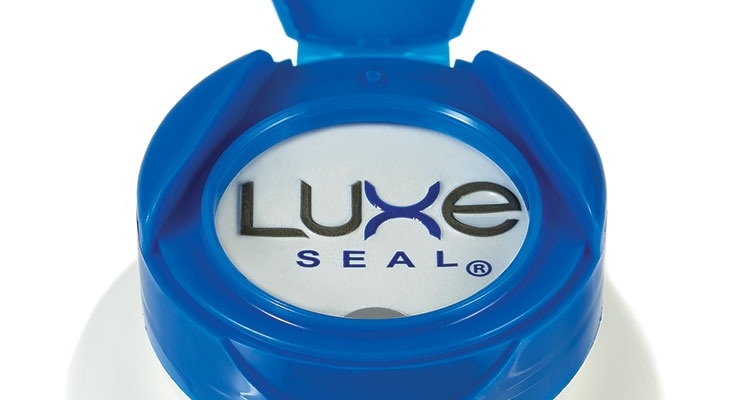Features
Nutraceutical Labels & Packaging: Functional Flair
An essential component of product packaging, labels offer customizable branding options.

By: Sean Moloughney


An essential component of product packaging, labels offer customizable branding options.

By: Sean Moloughney
